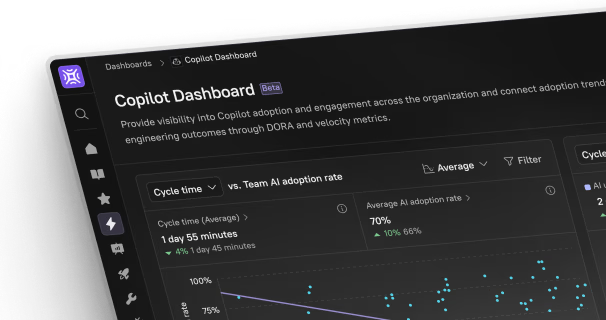Accelerating digital transformation is no longer optional for organizations in the Middle East and North Africa. Low-code development has become one of the fastest ways to build modern applications, digitize manual processes, and empower both IT and business teams to innovate together.
Modern enterprises in MENA are asking: How do we deliver apps faster, integrate with our ERP and legacy systems, and still stay secure and compliant? Low-code answers that question.
What Is Low-Code Development?
Low-code is a software development approach that lets teams build applications using visual interfaces, drag-and-drop components, and reusable logic, instead of writing every line of code manually. Leading analysts like Gartner, Forrester, IBM, and Microsoft all describe low-code as a way to accelerate application delivery while still keeping enterprise control. Gartner+2ibm.com+2
In practice, low-code platforms allow:
- Professional developers to work faster
- Business users (“citizen developers”) to contribute safely
- IT teams to govern, secure, and integrate everything
Why Low-Code Matters for MENA Enterprises
Speed and Agility for Fast-Changing Markets
Regulations, customer expectations, and competition in the MENA region are evolving quickly. With low-code, organizations can:
- Launch new digital services in weeks instead of months
- Adapt workflows and forms without rebuilding entire systems
- Respond quickly to regulatory and policy updates
Cost Control and Better Use of Tech Talent
Traditional development requires large teams and long projects. Low-code:
- Reduces the amount of hand-coding
- Frees senior developers to focus on complex integrations and architecture
- Lets business teams help design and refine apps
The result is lower total cost of ownership (TCO) and better use of local and regional talent.
Citizen Developers – Safely Empowered
Well-governed low-code platforms let non-technical users create or adjust simple workflows, forms, and dashboards, while IT defines guardrails for security, data access, and quality. This balance between freedom and control is critical to avoiding “shadow IT”.
Common Misconceptions About Low-Code
Some people still think low-code is only for simple tools or prototypes. In reality, modern enterprise low-code platforms can support:
- Mission-critical workflows
- Complex approval chains
- Multi-system integrations
- Compliance, audit, and reporting
Analysts note that many large enterprises now use low-code for core applications, not just side projects. Appian+1
How Cortex Brings Low-Code to MENA
Cortex, Singleclic’s low-code and automation platform, is designed specifically for organizations in the MENA region. It combines:
- Arabic-first user experience and RTL support
- Deep integration with ERP, CRM, HR, and legacy systems
- Cloud or on-prem deployment, including GCC/Egypt hosting options
- AI-assisted automation to help design and optimize flows
This makes Cortex ideal for enterprises that care about data sovereignty, localization, and integration with existing systems like Odoo or Microsoft Dynamics.
Key Business Use Cases for Low-Code in MENA
Finance and Shared Services
- Purchase requisitions and approvals
- Vendor onboarding and contract workflows
- Expense management and internal charging
HR and People Operations
- Onboarding, transfers, and offboarding
- Training requests and e-learning journeys
- Performance evaluation and goal tracking
Customer Service and Operations
- Case management and complaints handling
- Field service requests and follow-up
- Logistics and order tracking
In each case, low-code allows organizations to standardize processes, reduce manual work, and gain real-time visibility into performance.
Low-Code, AI, and the Future of Automation in MENA
Modern low-code platforms are increasingly AI-powered:
- AI can propose workflow steps from a natural-language description
- Predictive models can help route requests to the right teams
- Intelligent analytics can highlight bottlenecks and risks
For MENA organizations, this means faster experimentation, more insight, and automation that learns over time—while still being governed and compliant.
Practical Steps to Get Started
1. Identify High-Impact Processes
Start with processes that are:
- Repetitive
- Approval-heavy
- Spreadsheet-driven
- Painful for users or customers
2. Pilot with a Focused Scope
Choose one or two workflows and build them quickly with a low-code platform like Cortex. Use this pilot to:
- Prove value
- Refine design
- Build internal support
3. Scale with Governance
Once the pilot works, define:
- Standards for security and data access
- Review and release processes
- Training and enablement for business users
This governance model ensures speed with control.
References & Outbound Links
- IBM – What is low-code? ibm.com
- Gartner – Enterprise Low-Code Application Platforms Gartner
- Microsoft Power Platform – Low-code development guide Microsoft
- OutSystems – Low-code guide for IT leaders OutSystems
- Kissflow – What is low-code overview
Learn more about our Cortex low-code platform.









